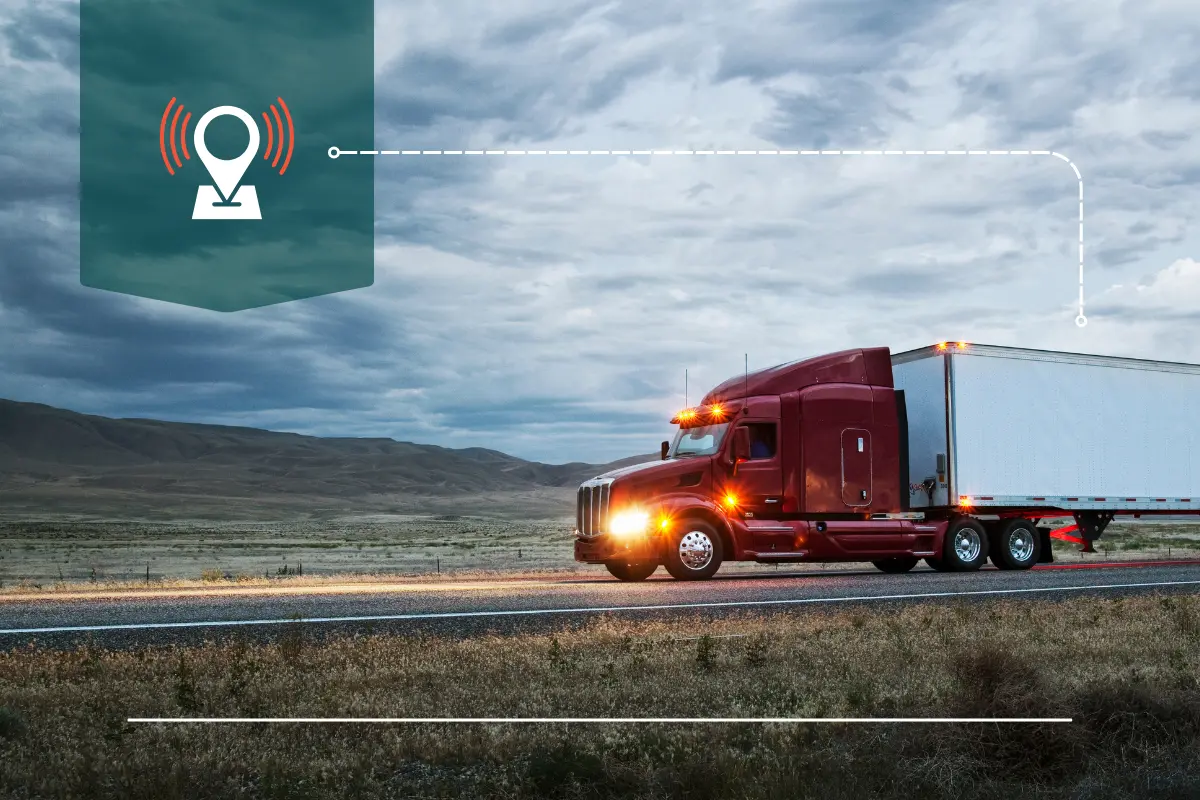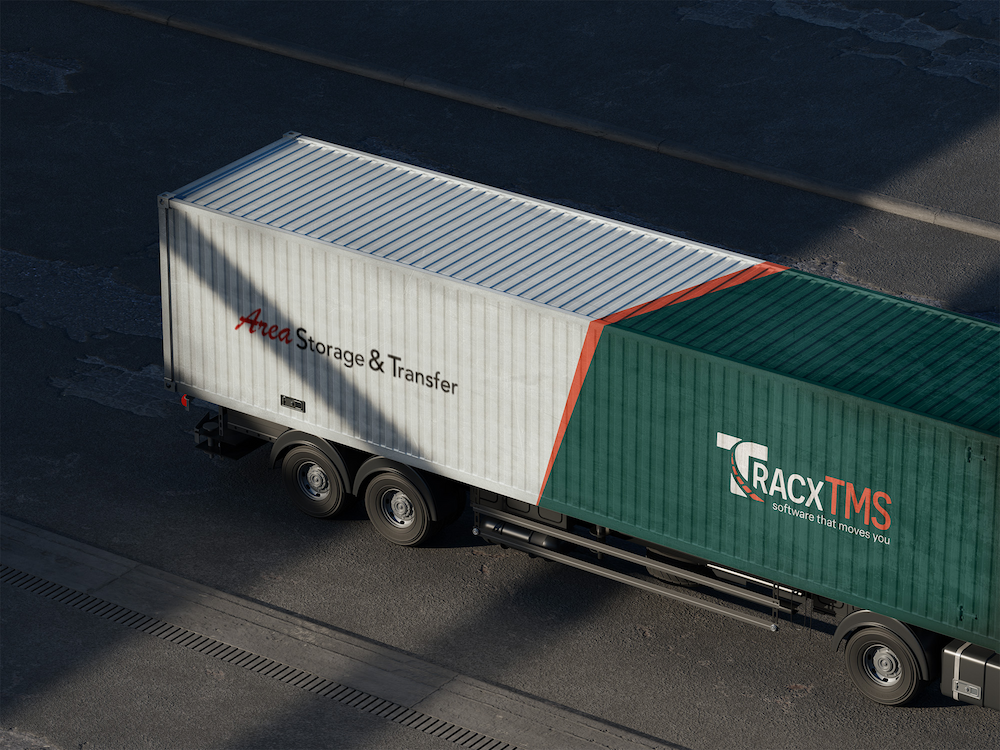
A long-haul driver heads deep into northern Pennsylvania. The road winds into hills, the cell signal fades—then disappears completely.
Back at dispatch, his location freezes on the screen. No pings. No updates. No way to know if he’s moving, stopped, or in trouble.
For the next few hours, he’s invisible.
These scenarios happen daily across North America. Whether it’s Appalachian foothills, forest routes in the Northeast, or oil and gas routes in rural Alberta—cellular coverage still leaves massive gaps. And when your fleet drops off the grid, you lose more than just a signal.
The Cost of Coverage Gaps
For years, fleets have relied on cellular networks to power everything from route tracking and dispatch to driver communication and compliance. But coverage gaps are still very real—and very wide.
In the U.S., rural highways snake(different word) through mountains and deserts where service is spotty at best. In Canada, less than 30% of the total landmass has consistent cellular coverage. For fleets that operate in oil and gas, mining, forestry, or remote logistics, “no signal” isn’t a rare occurrence—it’s part of the job.
And when the connection drops, the consequences ripple.
- Dispatch loses real-time visibility.
- Drivers can’t receive route changes or alerts.
- Compliance logs may fall out of sync.
- Customers are left in the dark on delivery timelines.
- Emergency support can be delayed—when it’s needed most.
You don’t just lose a signal. You lose time, trust, and momentum.
From Friction to Failure: When Visibility Breaks Down
A lone driver is hauling critical equipment to a remote oil site. Mid-route, he hits a washed-out road and needs a reroute. But he’s already beyond cellular range. The last location ping was 40 minutes ago.
Dispatch doesn’t know where he is, or what he needs. If it’s a breakdown, a detour, or worse—they won’t know until he’s back in range.
Customer support calls about a delayed delivery, but with no ETA updates and no communication, the team can’t give any answers.
By the time the driver reconnects, the delivery window has closed—and your operation looks unreliable.
It’s a common story. And a preventable one.
Why the Old Fix Isn’t Enough
Satellite tracking has existed for years, but for many fleets, it was a last resort. Expensive. Complicated. Specialized. Reserved for extreme cases.
That model doesn’t work anymore.
In 2025, your fleet isn’t just moving freight—it’s moving data. Your operation depends on real-time insight, every mile of the journey. And if even a portion of your network is operating blind, you’re not operating at full power.
The question: how do you keep everything connected when the signal can’t?
The New Model: Always-On, Dual-Network Visibility
Thanks to new hardware and smarter integrations, satellite connectivity has evolved from backup plan to baseline infrastructure.
Systems like Samsara’s Vehicle Gateway, paired with a satellite modem, now offer dual-network tracking. When cellular coverage drops, the device automatically switches to satellite. Once service returns, stored data flows back into the system seamlessly.
No gaps. No manual uploads. No guesswork.
But the real game-changer? When this data feeds directly into your TMS.
With TracxTMS, your fleet’s dual-network tracking becomes more than just location dots on a map—it becomes a living, breathing operational tool.
How TracxTMS Keeps You Connected
TracxTMS integrates directly with Samsara’s satellite-enabled platform through a live API connection. That means every satellite ping, every HOS log, every geofence trigger is pulled into one unified view—the same one your dispatchers and operations teams already rely on.
Here’s what that changes:
- Dispatchers make real-time decisions—even when cellular maps go gray.
- Drivers stay visible and supported, no matter how remote the route.
- Compliance data remains intact, reducing risk and regulatory headaches.
- Customers stay informed, even when your fleet is off the grid.
It’s not just about knowing where your trucks are. It’s about keeping your entire operation moving—without interruption.
Old World vs. New World
Let’s break it down:
The Old Way | The New Way |
Coverage drops → visibility lost | Coverage drops → satellite takes over |
Missed ETAs, blind dispatching | Adaptive reroutes, continuous visibility |
Manual data syncing | Automatic data flow to TracxTMS |
Delayed support for lone drivers | Real-time alerts and emergency tools |
Customer uncertainty | Proactive communication, higher trust |
What Happens When You Stay Connected
When visibility doesn’t blink, your entire system gets stronger.
- Smarter Routes
Optimize in real-time, reroute around closures, and avoid costly detours—even in the middle of nowhere. - Driver Safety First
Support lone workers with emergency alerts that don’t rely on cellular coverage. - Stronger Compliance
Stay audit-ready with uninterrupted HOS and driver log data. - Better Customer Experience
Keep clients updated with accurate ETAs—even when your assets are off the grid. - Unified Operations
All tracking, logs, and alerts flow through TracxTMS—no switching platforms, no duplicate work.
Designing for Disconnection
The future of fleet operations isn’t about plugging the occasional gap—it’s about designing for disconnection from the start.
TracxTMS and Samsara’s satellite-enabled ecosystem make that possible. And not just for remote oilfields or icy backroads. This level of visibility is now available—and affordable—for any fleet that refuses to lose control just because the bars on the phone disappear.
If your trucks are still “going dark,” it’s not because the technology isn’t there. It’s because your system isn’t designed to outlast the signal.
Don’t Let the Map Go Gray
Every delivery counts. Every mile matters. Every minute off the grid is a minute your operation could be stronger, safer, and more connected.
Satellite tracking isn’t a luxury. It’s the new standard for fleet visibility—and TracxTMS is helping fleets make that shift with confidence.
Your signal might disappear. Your fleet doesn’t have to.
Want to learn more?
Read our full white paper to explore how satellite-integrated operations and TracxTMS are transforming off-grid logistics across North America.
